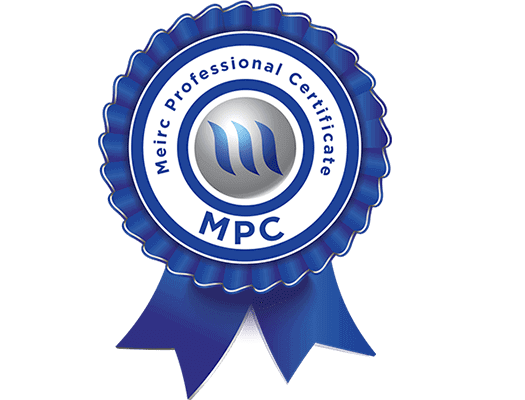- 1 - 5 Feb, 2026
- English
- Virtual Learning

Certified Organizational Design and Manpower Planning Professional - Virtual Learning
Why Attend
This course answers one simple question: “What is the best way to help organize and assist a group of professionals to focus on achieving a collective objective?” Hence, the course aims to enable participants to maximize their organizational structure's efficiency and effectiveness in compliance with strategic objectives, environmental complexity, and workforce availability and readiness to perform.
Moreover, organizational design is perceived and should be a collective responsibility, whereby human resources professionals would facilitate and guide the process. Considering this, the course will provide a toolkit that will enable HR staff to facilitate and guide the process systematically. The toolkit includes all needed resources, from reflection/brainstorming charts used at the analysis stage to design templates and ending with working sessions’ agendas and facilitation guides. In other words, the course considers and favors the functional needs of its participants and considers their ability to implement.



